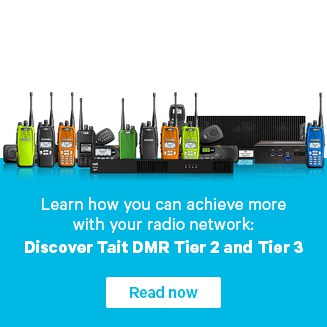Introduction to DMR
Call Types and Features
Data Calls
The other main type of calls on a DMR system is Data Calls or Data Messages.
Data calls or messages on DMR systems are very useful because they can convey a large amount of information using the same or fewer system resources. A data message provides a clear statement of intention. Data calls can be made on the control channel or they can utilize a traffic channel.
Control Channel Data Messages
The control channel is used for status messages and for short data messages (text messages).
Status messages are preset labels that must be programmed into every device that utilizes the system. These can consist of 128 different labels, each of up to 14 characters long. Every device that uses them must have the same list. Status messages are sent on the control channel as a numeric value from 1 to 128. When this numeric message is received, it is translated into the full-text string. Status messages can be sent to individuals or to groups. An example of a status message is, “Goods delivered. At work. Signing off.” These are short and succinct messages that can be understood by any member of the team.
A short data message is a text string of up to 50 characters. Short data messages can be sent to groups or to individuals. Most likely, they’re sent by the dispatcher, who has the ability to enter the text from a keyboard. They can also be sent from any subscriber unit with the ability to enter text.
Traffic Channel Messages
Another kind of data on DMR networks is packet data or IP data. Although the data call is set up using the control channel, the data is transferred on a payload or traffic channel. There are two types of packet data, confirmed and unconfirmed. Confirmed packet data means that blocks can be re-sent if there are too many errors received.
Unconfirmed packet data just goes ahead with errors or without.
Another kind of data used on DMR networks is GPS data. Normally, GPS data is requested from a server, so individuals don’t normally have to intervene. A packet server will ask for information from the subscriber unit. GPS information is normally requested from a central server for the reason that it will be met and used as automatic vehicle location services or AVL. GPS data is typically used for tracking individuals or tracking teams of users on the system. It can also be used for asset tracking to keep an inventory of where different items are within the network, and also, it will provide location evidence for workforce management systems, for example.
 Radio Academy
Radio Academy





